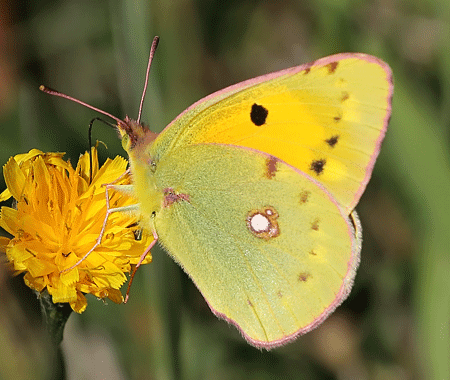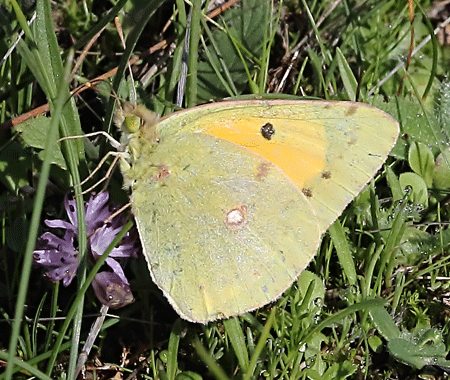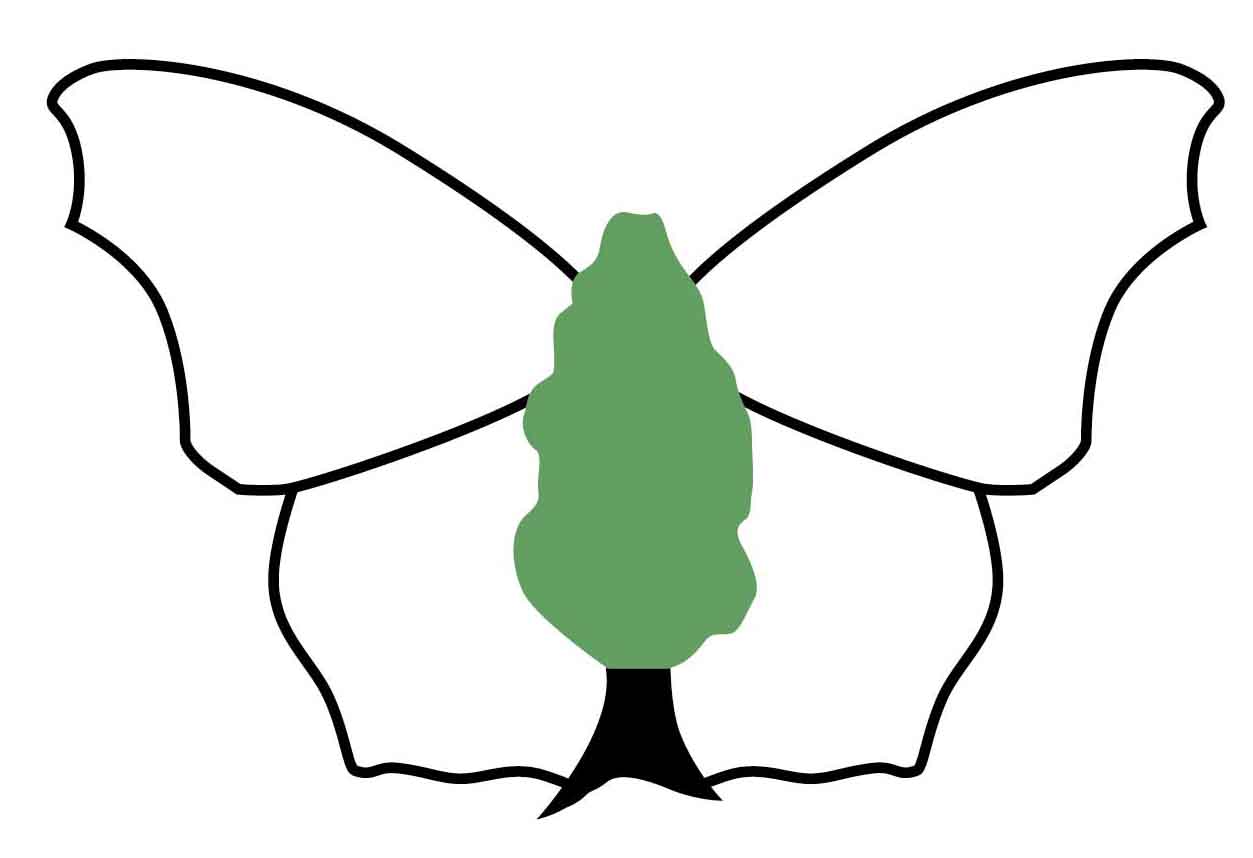 | Butterfly Conservation Saving butterflies, moths and our environment | Upper Thames Branch | 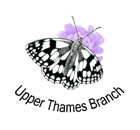 |
Clouded Yellow (Colias crocea) | |||||||||
| Description | |||||||||
| Wing span: 54-63 mm. A fast-flying orange-yellow butterfly, the Clouded Yellow can sometimes be seen in large numbers but in other years is very rare. This is because numbers depend on migrants arriving from Europe, as it is unable to survive British winters. Both sexes rest with their wings closed. Clouded Yellows can be seen anywhere, but are often encountered near fields of clover or lucerne. | |||||||||
| Images (click to enlarge) | |||||||||
| |||||||||
| Life Cycle | |||||||||
| Immigrants usually arrive in May and June. These may breed and give rise to one or two further generations. | |||||||||
| Larval Foodplants | |||||||||
| The larval foodplants are leguminous plants, particularly Alfalfa (Medicago sativa), clovers and trefoils. | |||||||||
| Nectar Sources | |||||||||
| Adults feed on thistles, dandelions and other grassland flowers. | |||||||||
| UK Conservation Status | |||||||||
| Least Concern | |||||||||
| Earliest UTB first sighting (since 2004) : 7th April | |||||||||
| Mean UTB first sighting (since 2004) : 11th June | |||||||||
| Distribution and Sites | |||||||||
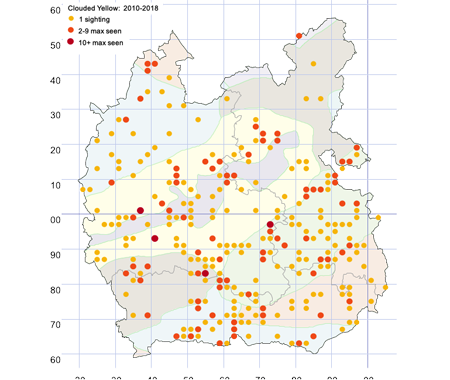 Key |
| ||||||||
| Related Species | |||||||||
| |||||||||
Copyright © Butterfly Conservation Upper Thames Branch 2025
Privacy and Copyright Statement
Butterfly Conservation : Company limited by guarantee, registered in England (2206468)
Registered Office: Manor Yard, East Lulworth, Wareham, Dorset, BH20 5QP, Tel: 01929 400 209
Charity registered in England & Wales (254937) and in Scotland (SCO39268)
Privacy and Copyright Statement
Butterfly Conservation : Company limited by guarantee, registered in England (2206468)
Registered Office: Manor Yard, East Lulworth, Wareham, Dorset, BH20 5QP, Tel: 01929 400 209
Charity registered in England & Wales (254937) and in Scotland (SCO39268)

